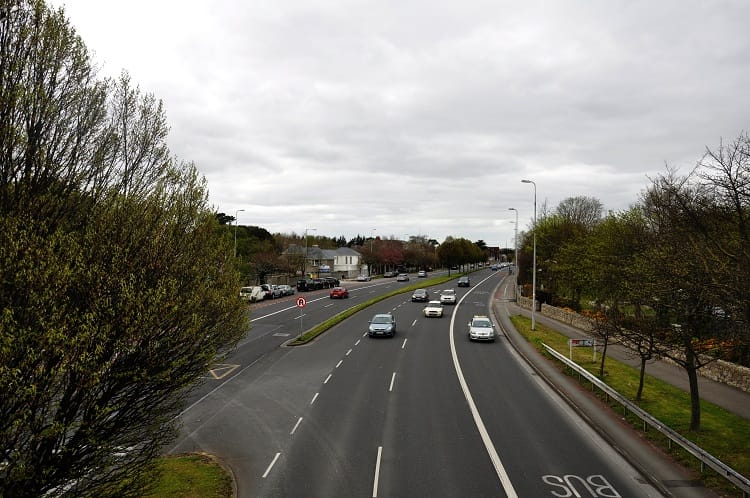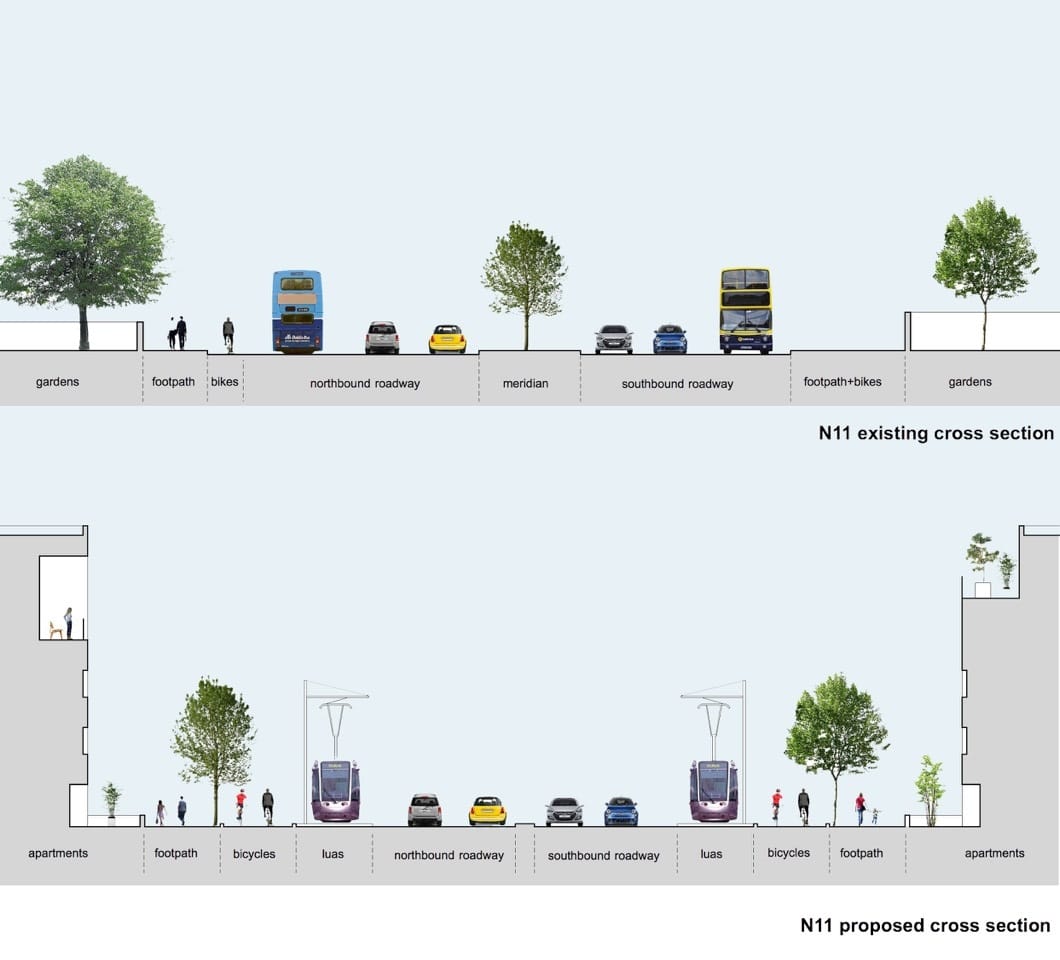Did the council follow the correct process to name Herzog Park back in 1995?
Or has Rathgar been living with Orwell Quarry Park all this time?
We should be much more imaginative about how we could use this land to tackle wider social and economic problems, write Philip Comerford and Thomas Legge.

RTÉ’s plans to flog off some of its Montrose campus are misguided.
The national broadcaster should not be allowed to sell such an important site. Instead, this land should be used as the keystone of a radical new approach to sustainable, family-friendly urban development that shows how Ireland can address congestion and reduce greenhouse gas emissions.
RTÉ hopes to plug its €20m annual deficit by selling 3 hectares of prime residential land in salubrious Dublin 4 to the highest bidder. The proposed sale is a bad way to address the underlying problem that RTÉ has a defective financing model.
It is also a missed opportunity to address two other problems: Dublin’s chronic shortage of affordable housing, and Ireland’s rising transport emissions, a legacy of decades of uncoordinated land-use and transport policies that have led to car-centric urban sprawl across the country.
We’ll come back to the question of how RTÉ could plug its financing hole. For now, the point we want to make is that it should not be up to just RTÉ, a publicly owned body, to decide what happens to this magnificent expanse of land in one of the most expensive parts of the country.
The planned houses and apartments are fancy enough, but we should be much more imaginative about how we could use this land to tackle wider social and economic problems.

We propose instead that the RTÉ campus should be part of a fundamental redesign of the N11 dual carriageway that would see it transformed from the sad, congested pseudo-motorway it is today into an urban boulevard supporting vibrant neighbourhoods built around the kind of public transport that will really entice people out of their cars. (We have submitted this idea to the ongoing consultation on the National Planning Framework.)
The Dublin metropolitan area is projected to grow by 400,000 people by 2030. It is still within our power to choose whether that growth be met by more far-flung suburbs in counties Meath and Kildare, or by creating a model of urban planning that works for everyone, not least by removing from most citizens the obligation to own a private car.
The success of the Luas shows that high-quality public transport can get people out of their cars. The problem is that Dublin’s dispersal means that it’s too expensive to build more Luas lines in many parts of the city, and the lines that do get built are too far away from most people’s houses.
The experience of the Red and (particularly) the Green Luas lines shows that when tramlines are built, density tends to increase as developers build apartment blocks along the new routes.
But there is a chicken-and-egg problem; developers will not build at sufficient density without the public transport infrastructure, and the state and private developers are reluctant to build the infrastructure without the necessary density in place.

Our proposed approach is to create high-quality mobility corridors that would reorganise the process so that density is increased in tandem with the provision of public transport while providing other social goods such as affordable housing.
Land with higher density is worth more than low-density development land, and if the model is set up correctly the state would capture this increased value and use it to pay for these public goods.
It could be a model of development where the new neighbourhoods would be what the city really needs — affordable homes, family-sized apartments, schools, parks, child-friendly streets — rather than what a developer thinks will best line his or her pockets.
One way to do this would be to use the land already in public hands strategically to increase housing density along these transport corridors so that high-quality public transport options like Luas or Bus Rapid Transit become feasible. Sites along the N11 including RTÉ’s Montrose campus, the Donnybrook bus garage, and the edge of the UCD campus would be ideal for this purpose.
But there are also large amounts of potential development land hiding in plain sight. The N11 is unnecessarily wide in many places. We propose narrowing the road by getting rid of turning lanes and wasteful grassy medians and even by burying the road in some places (such as at the underpass between UCD and the Montrose hotel).
The road would then be reorganised to prioritise public transport, bicycle lanes and footpaths, while retaining the two lanes of motor traffic in either direction, all on a smaller footprint than today.
Here is how the scheme could work. The state and local authorities would create a masterplan in which the N11 would be converted from its current function, an expressway for cars, into an urban boulevard providing high-quality mobility through public transport, cycling, walking, and private motor transport.
The boulevard would be a clearly defined streetscape of shops and businesses on the ground floor and apartments above, or residential neighbourhoods characterised by terraced townhouses or apartments, with wide footpaths to enable footfall.
The land could be designated for innovative new housing delivery methods like cooperatives, housing trusts, affordable student accommodation, self-build schemes (called baugruppen in German), and rental apartments under long-term (20-50 year) leases.
Some of the construction could be done by a non-profit entity such as described by the Nevin Economic Research Institute. The judicious development of high-end residences would deliver profits to pay for the whole scheme.
The approach is scalable: it could be applied wherever there is state-owned land and wherever there are unnecessarily wide roads leading to Ireland’s cities.
Of course, such a plan would be inconvenient to RTÉ’s plans to address its €20m annual deficit. But this offers an opportunity to discuss the fundamental question of the role of public broadcasting in Ireland.
If there is to be public broadcasting, and we would argue that it is essential to the functioning of a healthy democracy, it should be able to do its job through unconditional public financing and without relying on private advertising (which implies an inherent conflict of interest).
It certainly shouldn’t require the one-off sale of valuable land that could be used for much more imaginative purposes.